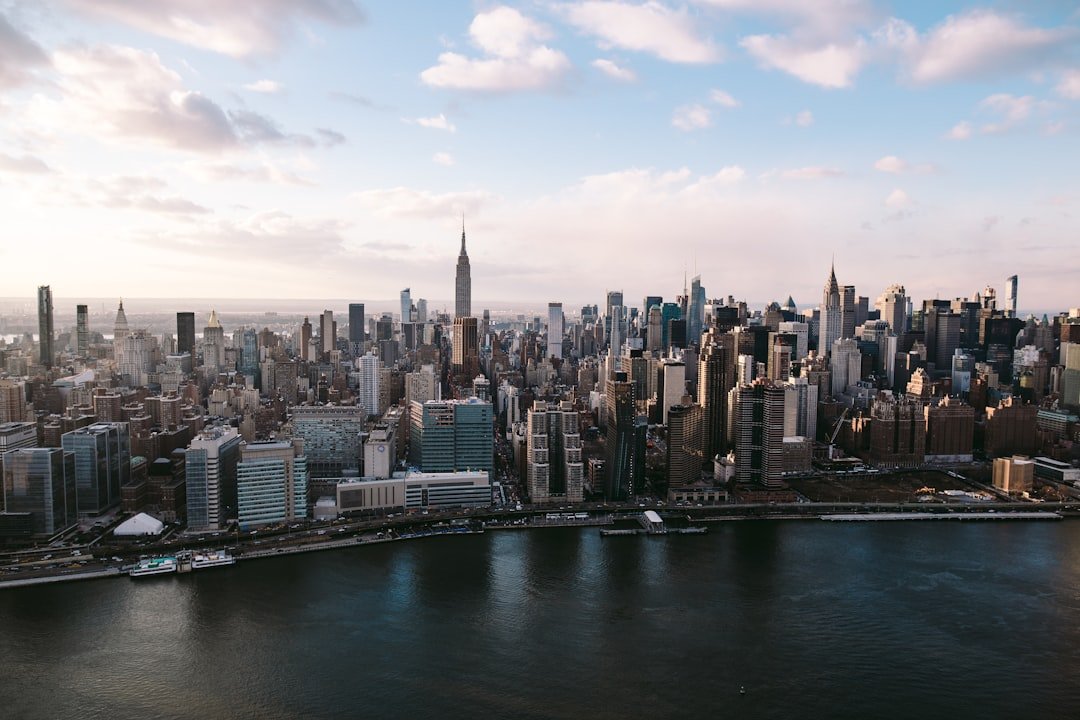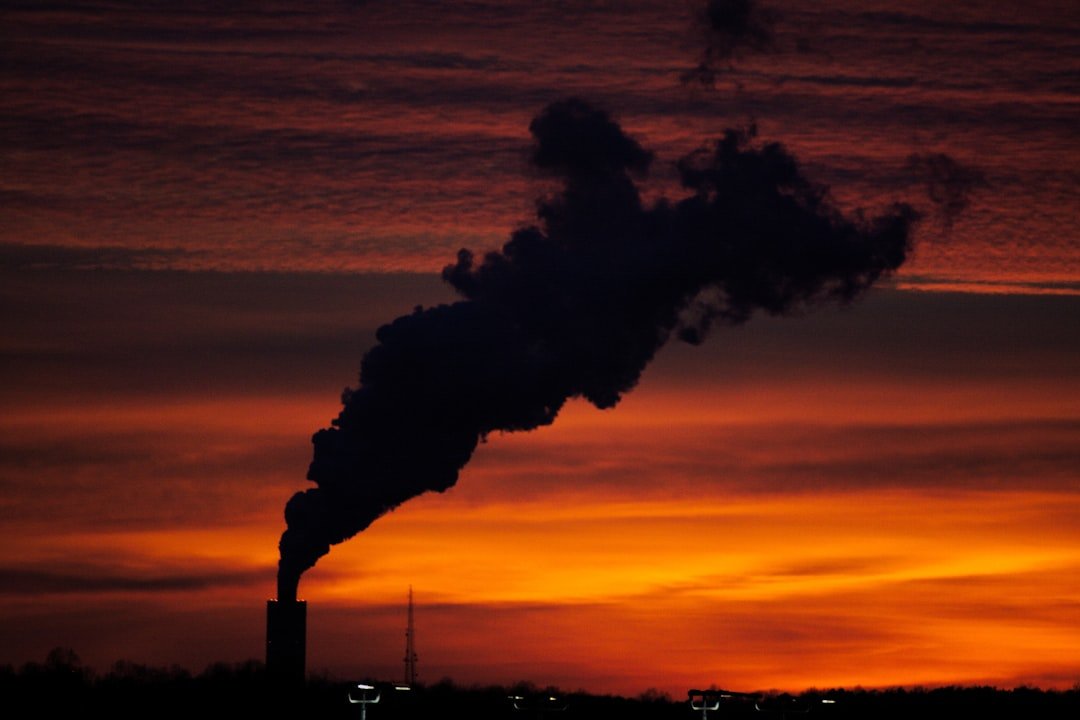A Detailed Overview of San Antonio’s Air Pollution San Antonio, Texas’s second-largest city, is renowned for its thriving economy, rich history, and lively culture. Nonetheless, it faces the urgent problem of air pollution, just like many other urban areas. Residents of the city face serious difficulties as a result of the declining air quality brought on by the city’s fast growth, industrial operations, & vehicle emissions. Air pollution in San Antonio comes from a variety of sources, including industrial and transportation emissions as well as natural occurrences like dust storms.
Key Takeaways
- Air pollution is a significant issue in San Antonio, impacting the health, environment, and economy of the city.
- Residents of San Antonio are at risk of experiencing health effects such as respiratory problems and cardiovascular issues due to air pollution.
- Air pollution in San Antonio has negative environmental impacts, including harming local ecosystems and contributing to climate change.
- The economic consequences of air pollution in San Antonio include healthcare costs and decreased property values.
- Efforts to reduce air pollution in San Antonio include implementing clean energy initiatives and promoting public transportation.
Developing successful strategies to combat air pollution in this city requires an understanding of its complexities. Both environmental activists and public health officials have become increasingly concerned about San Antonio’s air quality. The city’s air quality ratings have fluctuated, frequently falling short of the Environmental Protection Agency’s (EPA) federal standards. Due to this circumstance, local authorities are now examining the contributing factors more closely & putting air quality improvement measures into action. It is more important than ever to address air pollution as San Antonio grows in order to maintain a healthy environment for present and future generations.
Air pollution has serious and wide-ranging health effects, especially for vulnerable groups like children, the elderly, and people with underlying medical conditions. Particulate matter (PM), nitrogen dioxide (NO2), & ozone (O3) are among the pollutants that San Antonians are exposed to, and they can all cause major health problems. Long-term exposure to these pollutants has been linked in studies to cardiovascular issues, respiratory illnesses, and even early mortality. Because of their closeness to highways & industrial sites, some neighborhoods have higher pollution levels than others, resulting in an unequal burden of these health effects. Also, it is impossible to ignore the psychological effects of residing in an area with poor air quality. Concerns about their environment and health may cause residents to feel more stressed and anxious.
Children are especially vulnerable because air pollution can impair lung development and make asthma worse. Given the high prevalence of asthma in San Antonio, the link between air quality & public health is an urgent issue that needs to be addressed right away. Air pollution has serious negative effects on the environment in addition to human health.
| Category | Metrics |
|---|---|
| Air Quality Index (AQI) | Unhealthy levels recorded on 20% of days |
| Health Impact | 500 premature deaths per year attributed to air pollution |
| Economic Impact | 150 million in healthcare costs related to air pollution |
| Environmental Impact | 10% decrease in crop yields due to air pollution |
Degradation of local ecosystems and biodiversity is one way that air pollution affects San Antonio. Because pollutants interfere with photosynthesis and nutrient absorption, they can damage plant life, resulting in lower crop yields and a decline in natural habitats. Also, air pollution increases greenhouse gas emissions, which aggravates environmental problems & contributes to climate change.
The distinctive topography of the city influences the manifestation of air pollution as well. San Antonio’s valley setting can trap pollutants, increasing haze and smog levels. This phenomenon has an effect on local wildlife and water sources in addition to visibility. Because of the intricate relationship between urban development & environmental health, reducing the negative effects of air pollution on the ecosystem & the community requires a comprehensive strategy. Air pollution has economic effects that go beyond the expense of medical care; they also have an impact on productivity & life quality.
Because people with respiratory conditions or other pollution-related illnesses may find it difficult to carry out their everyday tasks, poor air quality in San Antonio can result in higher absenteeism at work and schools. Growth and development may be impeded by the local economy as a result of this productivity loss. Regulations intended to control emissions or address employee health concerns may also result in higher operating expenses for businesses. Negative perceptions linked to poor air quality can also hurt San Antonio’s tourism sector, which is an essential part of the city’s economy.
If tourists believe that the city’s environmental conditions are unhealthy, they might be discouraged from exploring it. For San Antonio to continue to prosper, reducing air pollution is therefore both a public health requirement & a business necessity. Numerous programs have been started in San Antonio to improve the quality of the air in response to the growing concerns about air pollution. Stricter rules on industrial emissions have been put into place by local government organizations, which have also encouraged the use of electric vehicles & public transportation as cleaner modes of transportation.
Community groups have also been essential in bringing attention to problems with air quality and pushing for legislative changes that put environmental health first. The creation of the San Antonio Air Quality Task Force, which unites stakeholders from different industries to work together on pollution reduction plans, is one noteworthy initiative. This task force’s main objectives are community involvement, public education, and data collection in order to promote a team effort to address air quality issues. Programs for educating locals about the causes & consequences of air pollution have also become more popular, enabling people to take personal responsibility.
Different residents are impacted by air pollution in different ways depending on their socioeconomic status, race, and location. Poor air quality frequently affects low-income areas and neighborhoods in San Antonio that are primarily populated by people of color. Residents in these areas are often exposed to higher levels of pollutants than those in more affluent neighborhoods because they are often situated close to major highways or industrial zones. This disparity brings up significant issues regarding environmental justice & the necessity of focused interventions.
A diversified strategy that incorporates investment in cleaner technologies, policy reform, & community involvement is needed to address these disparities. San Antonio can strive for a more equitable distribution of environmental benefits and burdens by giving priority to the needs of vulnerable populations. The future of San Antonio’s air quality depends on a confluence of technological developments, community involvement, and policy decisions. The upcoming years could see notable improvements in air quality as citizens and legislators alike become more conscious of the problems caused by air pollution.
Emissions can be decreased and the general health of the environment improved with continued investment in green spaces, renewable energy sources, and public transportation infrastructure. Nevertheless, difficulties still exist. There are advantages & disadvantages to the city’s continued expansion; if development is not controlled sustainably, emissions may rise.
As a result, San Antonio must take the initiative & give equal weight to economic development and environmental sustainability. Through encouraging cooperation between government departments, corporations, and neighborhood associations, the city can develop an all-encompassing plan that tackles present air quality problems as well as upcoming difficulties. Residents of San Antonio are instrumental in combating local air pollution. Significant improvements in air quality can result from the combined efforts of individual actions.
Reducing dependency on private automobiles is one practical way locals can help; whenever feasible, using public transit, carpooling, bicycling, or walking can reduce emissions associated with traffic. Also, citizens can promote cleaner energy sources by lending their support to neighborhood projects that support renewable energy sources like wind and solar. Speaking with local government representatives about issues related to air quality can also help the community’s voice be heard in policy debates. By taking part in tree-planting campaigns or community cleanup events, locals can actively improve their surroundings.
In summary, tackling San Antonio’s air pollution calls for a coordinated effort from all facets of society, including citizens, businesses, community organizations, & government representatives. They can make the city a healthier place for everyone by cooperating to achieve shared objectives.



